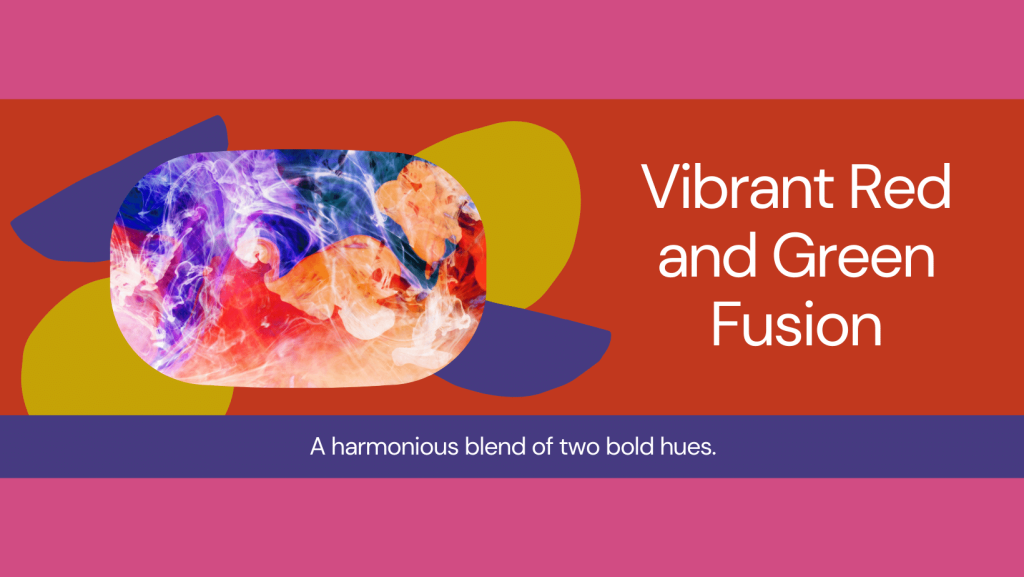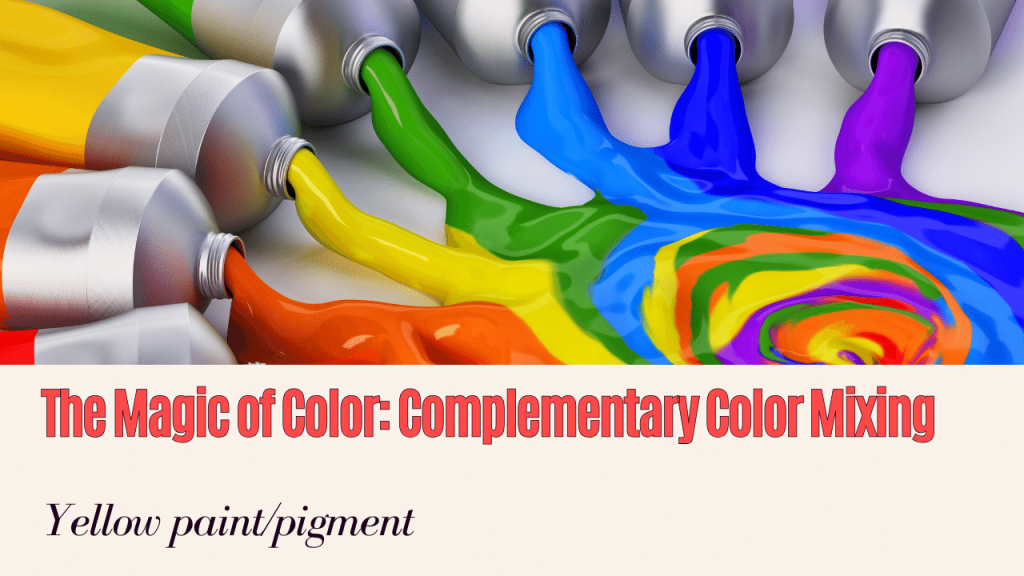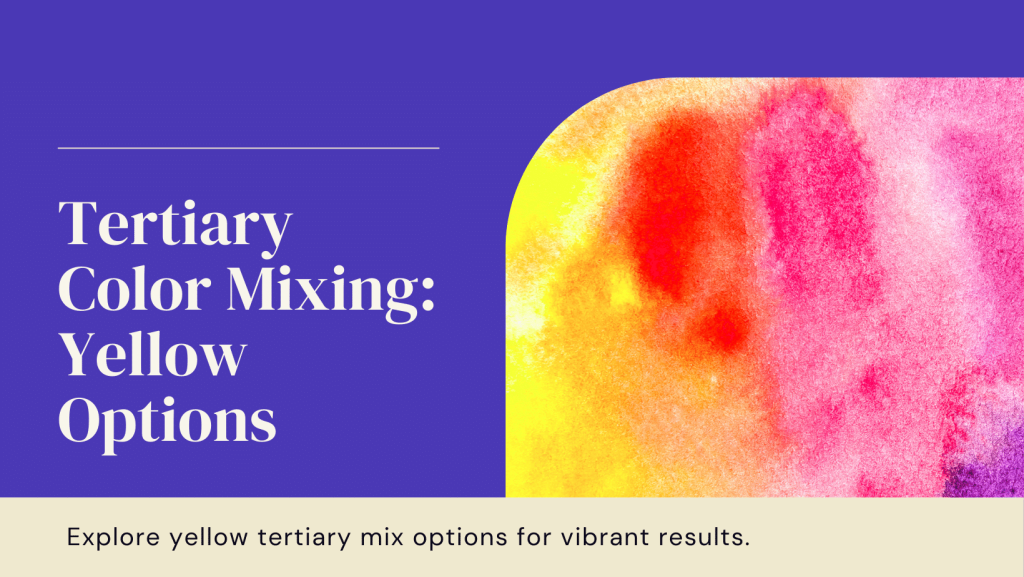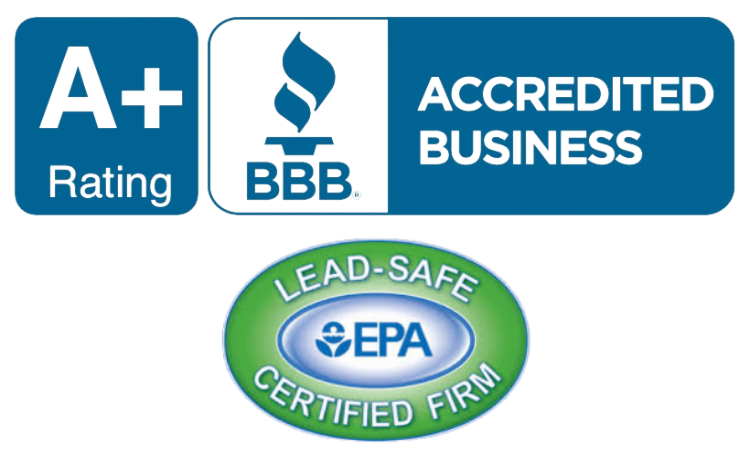Yellow is a bright, warm, sunny color, which gives off a feeling of happiness and optimism to a viewer. Aesthetically, in art and design, yellow is vital for illumination, contrast, and the expression of energy. When painting or using different colors and shades, learning how to blend the colors to produce the right yellow shades and hues is helpful. Luckily, you can follow this guide to mix two colors and achieve yellow.
Primary Color Mixing
The easiest way to mix yellow is to combine the two primary colors that make up yellow on the color wheel:
Red and Green
Hue is termed primary if it cannot be produced from other hues; hence, red and green are primary hues of the color wheel. Therefore, red, when mixed with the green pigment in equal portions, yields yellow.

Supplies Needed
– Red paint/pigment
– Green paint/pigment
– Paintbrush
– Palette/mixing surface
Steps
1. First, dilute red and green paints respectively into two equal portions on a palette.
2. Take a paintbrush and, using large circular motions, blend the two colors thoroughly.
3. Yellow is the expected color when all the ingredients mentioned above are mixed together.
4. Increase the intensity of red and green colors appropriately to get the desired shade of yellow. If you add more red paint, the mix will be orange-yellow, and if you add extra green, the result will be a yellow-green mix.
Complementary Color Mixing
A second way that you might try to yield your perfect shade of yellow is by mixing complementary colors on the wheel. Opposites are those colors that are opposite in position on the color wheel or circle, in this case.
The complements of yellow are:
If two complementary colors are mixed, the colors weaken each other’s chromaticity and become muted, appearing grayish brown. However, by very closely matching the proportions, it is possible for complements to blend and create a spectrum of new shades, including yellow.

Supplies Needed
– Purple paint/pigment
– Yellow paint/pigment
– White paint/pigment
– Paintbrush
– Palette/mixing surface
Steps
1. To achieve a light purple color, first mix a small quantity of vivid purple paint.
2. Add in bright yellow paint gradually. It is also important to mix well after each inclusion.
3. The time it takes for the paint mixture to assume a yellowish color is something to pay attention to. There is no need to add yellow just when it begins to turn green.
4. The yellow produced through this process may have less intensity of color or appear as toned down. Paint over it with white paint in small quantities to give it the vigor of yellow again.
Tertiary Color Mixing
Another approach that is more sophisticated than the first two techniques of mixing yellow is using tertiary colors. These are colors that result from the mixing of one primary color with a secondary color.

Two tertiary mix options for yellow are:
– Orange + Green
– Red-Orange + Yellow-Green
Here is one example combination:
Supplies Needed
– Orange paint/pigment
– Green paint/pigment
– Paintbrush
– Palette/mixing surface
Steps
1. The primary color to begin with is a bright orange shade.
2. Colors should be added in small quantities to the paint and should be stirred well after each addition of the color until a bright green paint is obtained.
3. Continue observing until the mix mainly appears yellow in hue. Be careful because if you add green, you may go overboard, and it may turn into a lime-green color.
4. Add small quantities of white to the paint color you achieved for the mixed yellow to make it lighter and brighter.
Some Tips to Achieve Bright Yellows
– To get brighter, sunnier shades, use warm yellow instead of cool yellow.
– Avoid going green too much; instead, tint slightly towards red or orange to keep the same energy profile.
– Darken mixed yellows by adding black paint/pigment. Increase the chroma and saturation of mixed yellows by adding a warm grey to the yellow mix.
– Quality paints with suitable pigments should be used for better color combinations and setting up of base colors.
– Once you have your preferred shade of yellow, make as many mixes and color swatches as possible.
After practicing color mixing, you will be in a position to get the best butter yellow color suitable for use in art and designing.
Conclusion
No matter if you are a beginner at painting, an experienced painter or designer, or even if you are just starting to experiment with shades of yellow hues, it is fun and fascinating to mix yellow colors by hand. Here, you have an opportunity to get a great variety of vibrant butterscotch yellow shades by mixing complementary, primary, or tertiary coloring agents. All you must do is be patient, work in layers, watch how each mix changes, and observe how each component produces various colors. Soon, you will become a true professional in making bright, warm yellow for each project!

